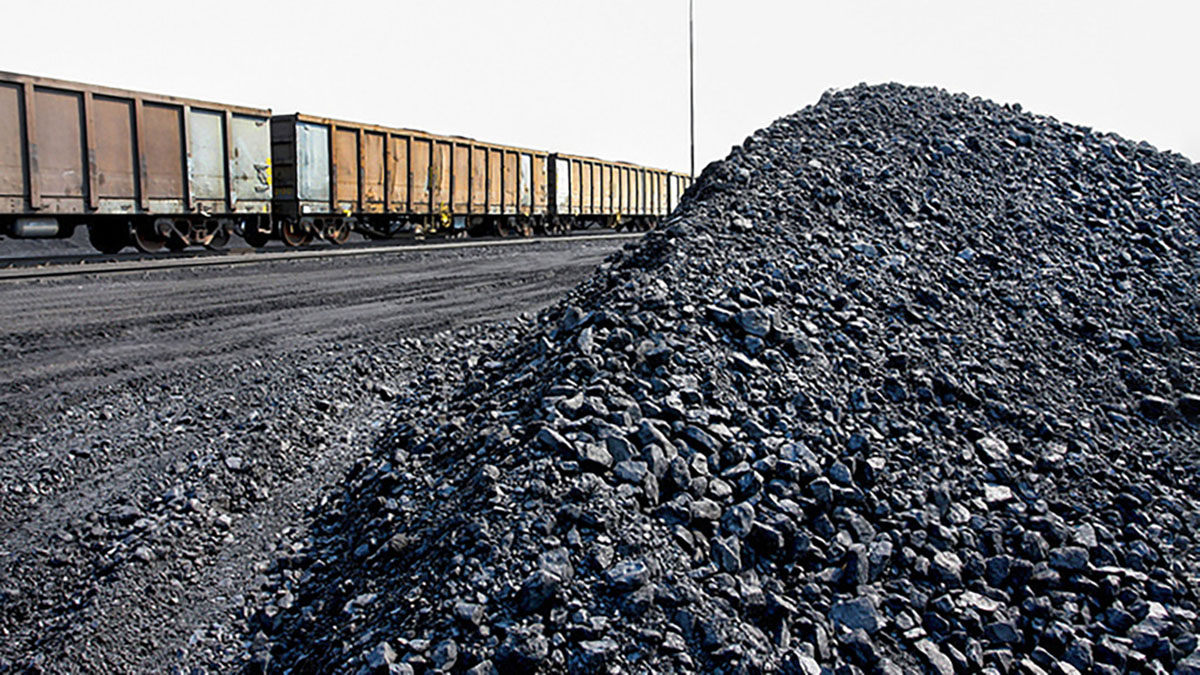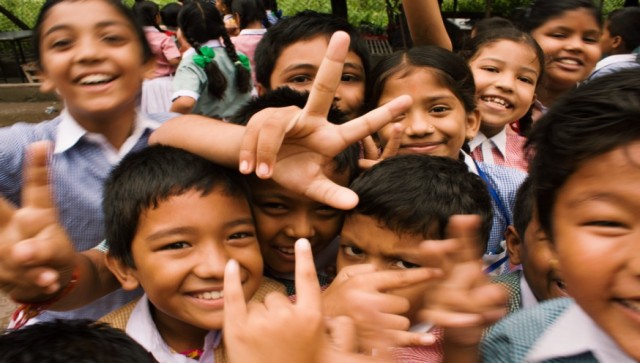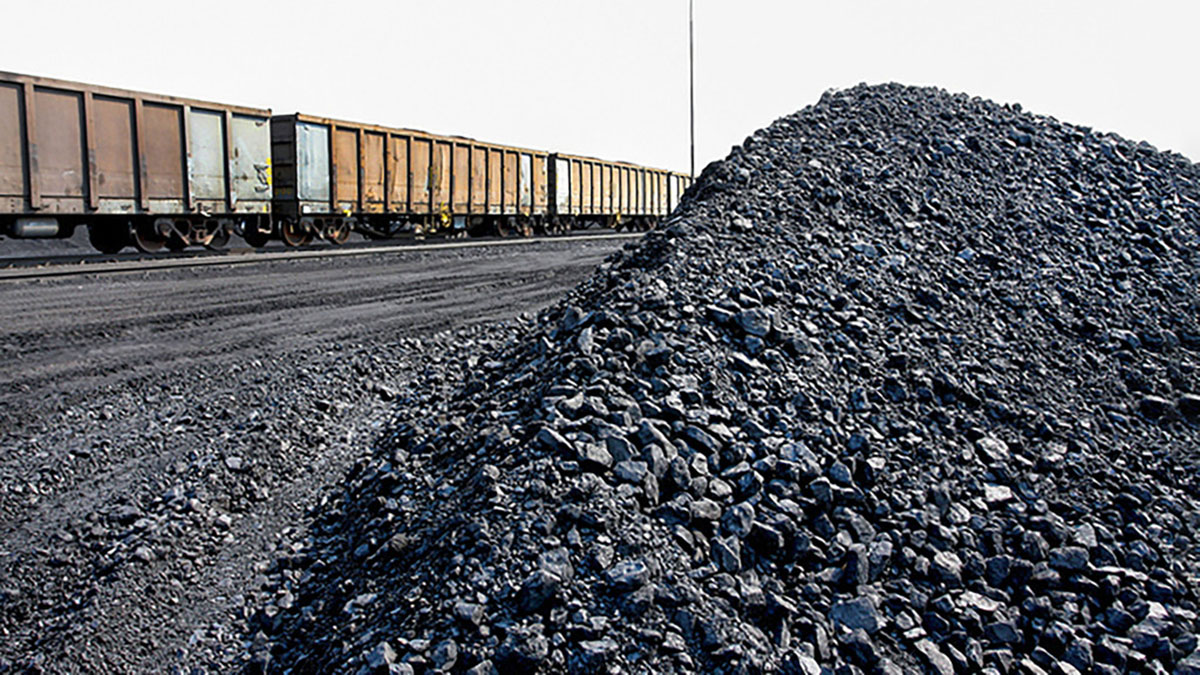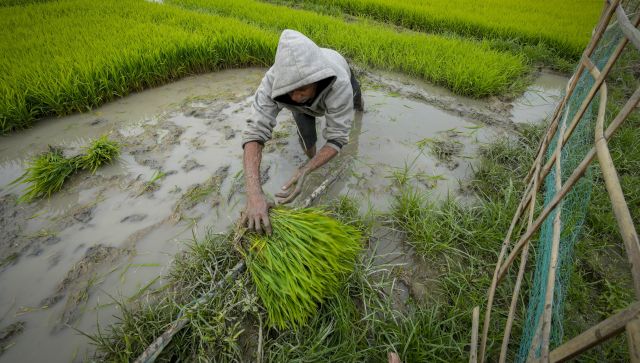Ghoramara, one of the fertile islands of Sundarban delta in the South of West Bengal in Bay of Bengal, is ready to be gulped by the raging sea sooner than predicted. Two decades ago, the land inhabited by 40,000 people has shrunk and it can now shelter only 3,500 now. The high tides everyday swallow portions of their land from all sides of the island and take them deep into the sea. The inhabitants of the vanishing land run inward on the island for temporary safety so that they can again rebuild their washed away huts after water recedes. Most of them have moved out for fear of being drowned, but those left behind are waiting for help to cross the sea.
“Those who have money can cross the sea. Those who don’t, wait like us to get drowned. Even if we get to the mainland, we remain refugees with no homes, no identity and no community. We are simply losing the battle,” explains Rabiul Saha, an island dweller who has been constantly rebuilding his hut every time a high wave washes it away. “We shift inward but nothing can hold the fury of the river." Rabiul’s mud house is a few meters away from the enhanced mud embankment and bamboo barricade built to check the rising water.
Saha’s 13-year-old daughter Rabiya, is a Std VII student who dropped out as there were no teachers at the Hathkhola Pratham Prathamik Bidyalaya centrally located on the island. Now the pucca building and its first floor serve as shelter for runaway residents when high waves reach shore and tear the mud-and-bamboo fence.
The sea level is rising as never before and frequent cyclones and storms are increasingly eroding inhabited lands. Residents have nowhere to go except quietly sneak into mainland taking the first ferryboat and look for alternate place of shelters. And nowhere in the country is the impact of sea level rise so blatant. Most of the people from Ghoramara are destined to live as climate refugees in India without even being acknowledged as one.
Sundarbans, the large collage of mangrove islands, home to the Royal Bengal Tiger and several rare and endangered animals, is the real face of climate change hitting the country. Many of these islands are disappearing, slowly swallowed by the deep sea and the rising tides. Thousands of inhabitants who live in the Sundarbans have lost their homes in recent decades. In the delta where saltwater from the Bay of Bengal mixes with freshwater from three of India’s major rivers — the Ganges, the Brahmaputra and Meghna — water from the distributary Muri Gonga rises and falls dramatically drowning one third of the land that keeps disappearing and reappearing every day.
Twenty-one years ago, Sumit Pramanik’s family had shifted from Lohachura, another nearby island that has been completely gulped by the sea now. Sumit was born in Ghoramara. He is studying engineering 250 kms away from his home in West Bengal’s Murshidabad district but each time he leaves home for his hostel, he looks back one last time specially to see the mound in the water of Murigonga River, the distributary of Hoogly (Ganges) where his home is. This is to reassure himself that it will not be washed away before he returned.
Sumit returned in May 2016 for his semester break and the fear of a cyclone cycle gripped him as usual. The high tide water had entered the village and destroyed crops, broken the bamboo fence and washed away portions of many of the mud houses that had been recently rebuilt at Mandirtola, Kheya Ghat. This isn’t unusual. But this has become too frequent to rebuild homes easily on the island.
The once-a-day ferry run by the government that came in with supplies to Kheya Ghat could not reach the banks because of severe turbulence in the region with high silt in the river delta. The island remained water-locked from all sides for the whole of last week.
“People wait for the high tide in this region so that the ferries can float and come. But with high tides come the gush of water that washes away our land every time. The best way to keep a track is through the Hindu calendar. During days of full moon and no moon, the water rises high and recedes equally low making it severely difficult for us to cross over to the mainland,” explains Sumit.
Sumit’s father Arun Pramanik is the panchayat committee member. They are influential people in the village. They run the ferry business and provide supplies to the island. Arun says that his main job now was to create awareness about the vanishing land. “In fact we are ready to move away. But cannot leave the community people behind. Where would all of us go?” Arun asks. “This is man-made; the rivers have never been in such a rage. It never took away my father’s lands. I believed at least I would live all my life here but now something is terribly wrong and the river is in great hurry,” he adds.
They are here; India’s own set of climate migrants. No one in the islands knows about climate change and the worldwide impact it has. Some have heard of ‘Baiśbika Uṣṇatā”, ie global warming but do not know how have they contributed to the increase in temperature leading to rise in sea levels that is eating away their lands.
Ghoramara had been building and rebuilding for the past many years. Since Lohachura went into the womb of river Murigonga, 5,000 families like the Pramaniks moved to Ghoramara in 1995. Now again their worlds seem to be taking the same turn.
Debendra Tarek is 80 years old. His younger family members are moving away one by one to be homeless and wander the mainland in West Bengal. Debendra is old and does not want to leave his home. A farmer, he still sows the yearly rice in the leftover paddy fields in the village. He proudly shows the “Dudedhswar” variety of saline resistant rice that was introduced decades ago for the islanders of the saline rich soil. “Our crops would get destroyed by one flash flood. The new variety of rice withstood the salt and tasted better. But now situation has changed. There are no farmers left and paddy gets washed away completely during floods."
In the last three decades, the island has lost 7.6 square kilometers of land. Now it exists in just 3.3 square kilometers. Those who had shifted had found shelter in the nearby Sagar islands about 25 kms away in the sea. People were ferried in boats on several dreadful mornings after the floods to the barren settlement. Kamalpur, 3 Number Colony, in Sagar islands thus became home to many of the climate-affected migrants from Ghoramara and Lohachura islands. Known as the Ghoramara refugee colony, people have again returned to rebuilding their lives. Fishermen have turned carpenters, boatmen cart pullers! Muntaz Sheikh and his wife Zarina bibi had fled the island “with nothing” in a turbulent boat to find shelter at the Sagar islands a decade ago. They were fishermen but the thought of fishing now scares Zarina. Her neighbor Ratan Maity drives a handcart. “We had nothing there and we have nothing here. There I caught fishes but now we live far away from shore. So I pull a cart nowm” explains Ratan, who like Muntaz and Zarina, lost his home and all his possessions to the frequent floods. “Only we lived, the water did not take us away," says Zarina raising her hand in gratitude towards the sky.
Yet, Sagar islands, known for Ganga Sagar, one of the prime pilgrimages of the Hindu community, has grown equally vulnerable with the rising water levels.
“Sea levels in the Sundarbans delta are rising fast; well above the global average. Several small inhabited islands have been completely submerged in the past few decades and Ghoramara is amongst the most vulnerable ones,” explains Dr Sugata Hajra, director of the School of Oceanographic Studies at Jadavpur University. He is studying the process though satellite mapping data of the region.
Hazra explains that more than 80 sq. kms — little less than half the size of Kolkata — has submerged in the past three decades in the Sundarbans delta. The causes are complex and besides the natural fury, it can be attributed to human behaviour. “The predictions for Ghoramara had been there for the last two decades. But it has grown severe. And one of the most important factors is man-made climate change. This makes not just Ghoramara, but the nearby mainland and cities equally susceptible,” he adds.


)




)
)
)
)
)
)
)
)